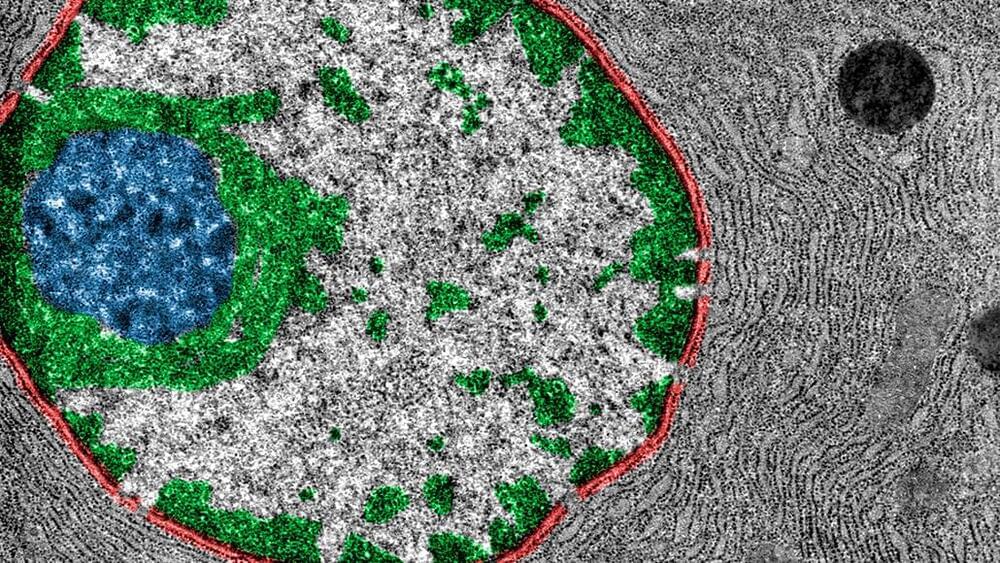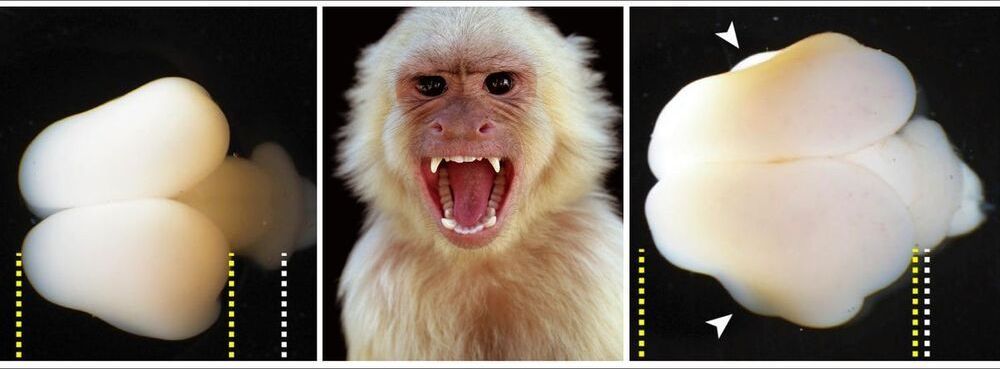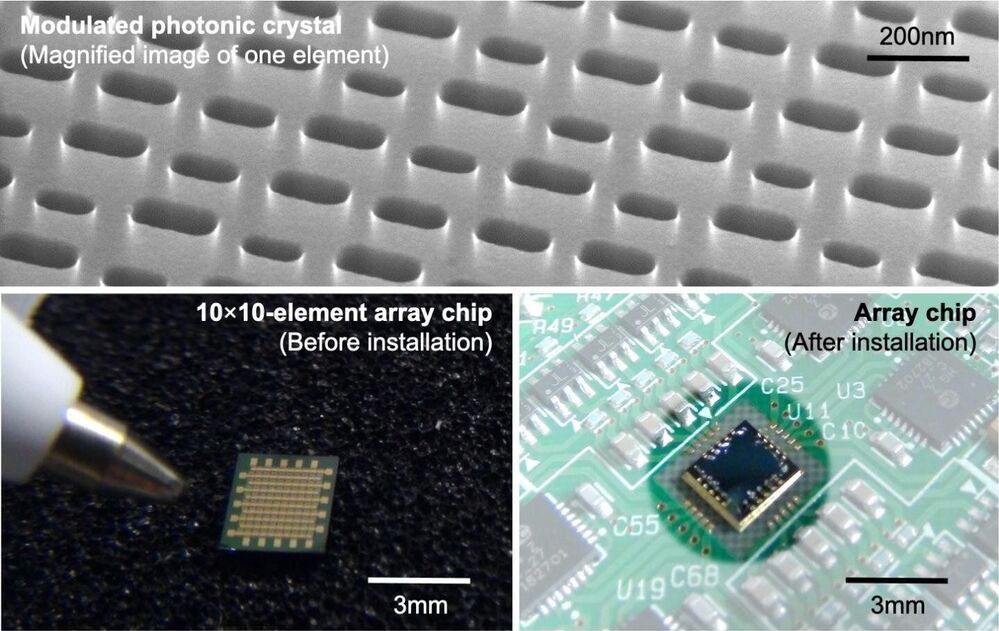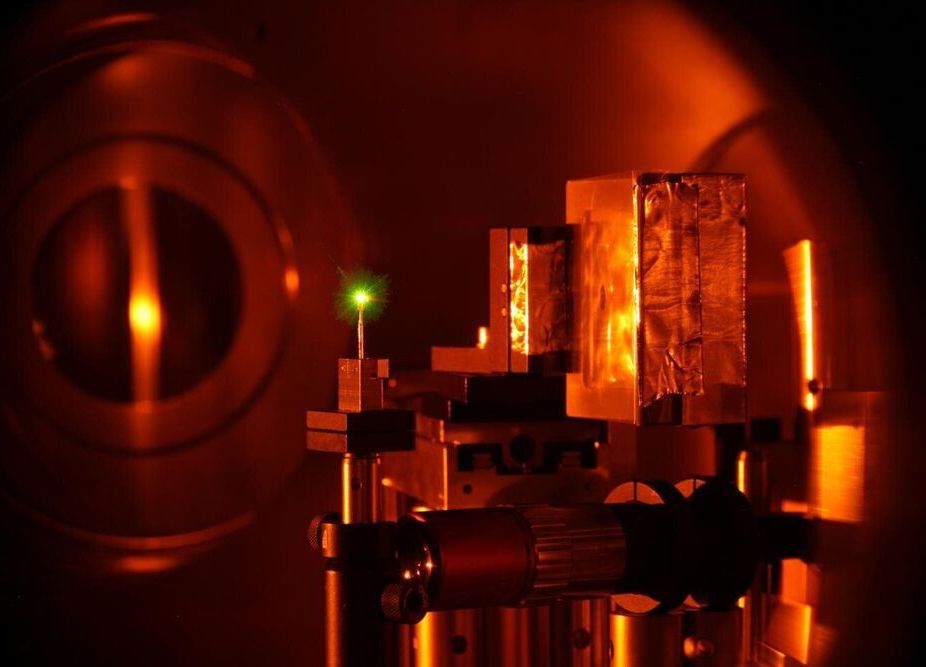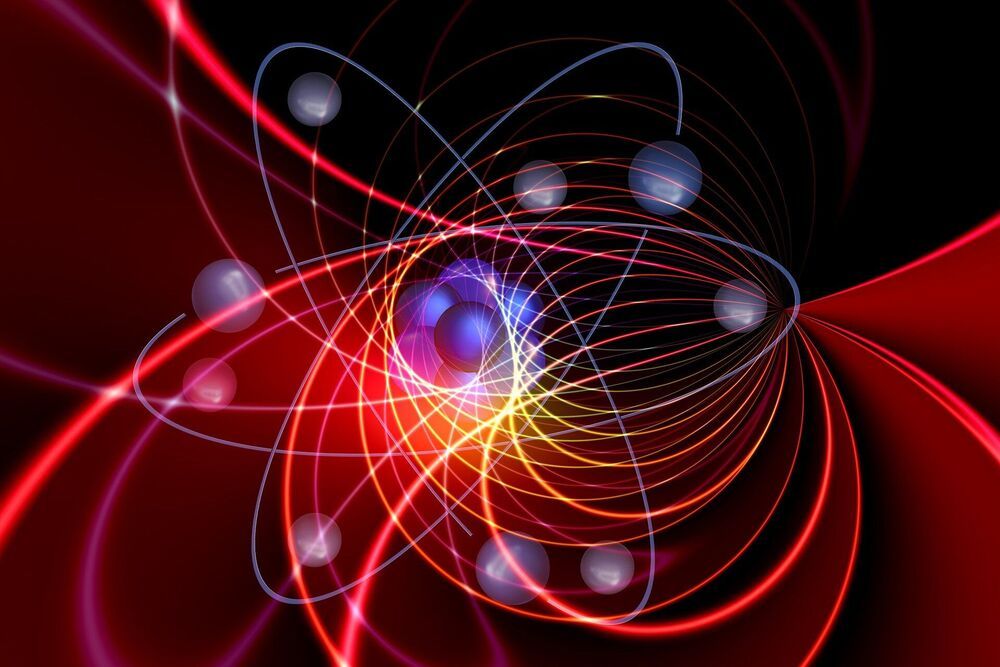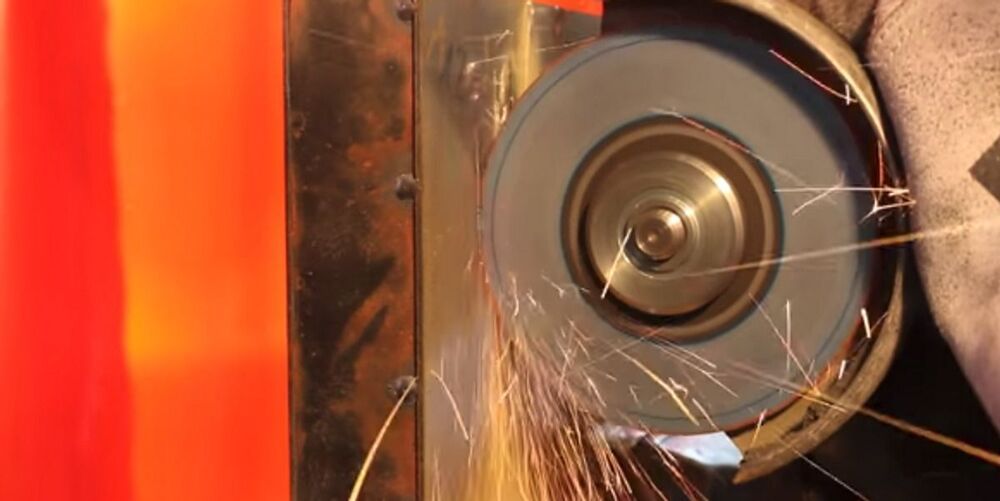Circa 2013
A group of scientists from Kyoto has managed to successfully analyze and “record” the basic elements of what people see when they dream. The idea of recording dreams has been a mainstay in science fiction, but also a frequent goal for researchers. As Smithsonian Magazine writes, this group designed its study based on the premise that brains react to “seeing” objects with repeatable patterns that can be measured with MRI. If a machine can recognize the patterns well enough, it can reverse-engineer them, giving us a window into what’s going on inside people’s heads while they dream.
Three participants were selected for a study and asked to sleep for several three-hour blocks in an MRI scanner. Once they fell asleep, scientists woke them up and asked them to describe what they’d seen in the dream, grouping them into loose categories and sub-categories like “car,” “male,” “female,” or “dwelling.” The group then picked representations of those categories from an online image search and showed them to the participants, once again measuring their brain activity to figure out what patterns might be unique to that concept. Finally, the participants were asked to sleep again, but this time, a machine wouldn’t simply record how their brain responded to dreaming — it would attempt to match it to one of the categories with a series of images, as seen in the video below.
When matching the contents of the video to the categories the sleeper actually recounted when asked about a dream, the machine turned out to be right roughly 60 percent of the time, or better than it could have done by random chance. The system was unsurprisingly better at detecting general meta-categories, like whether someone was looking at a person or a scene, than it was at sensing more specific objects.




